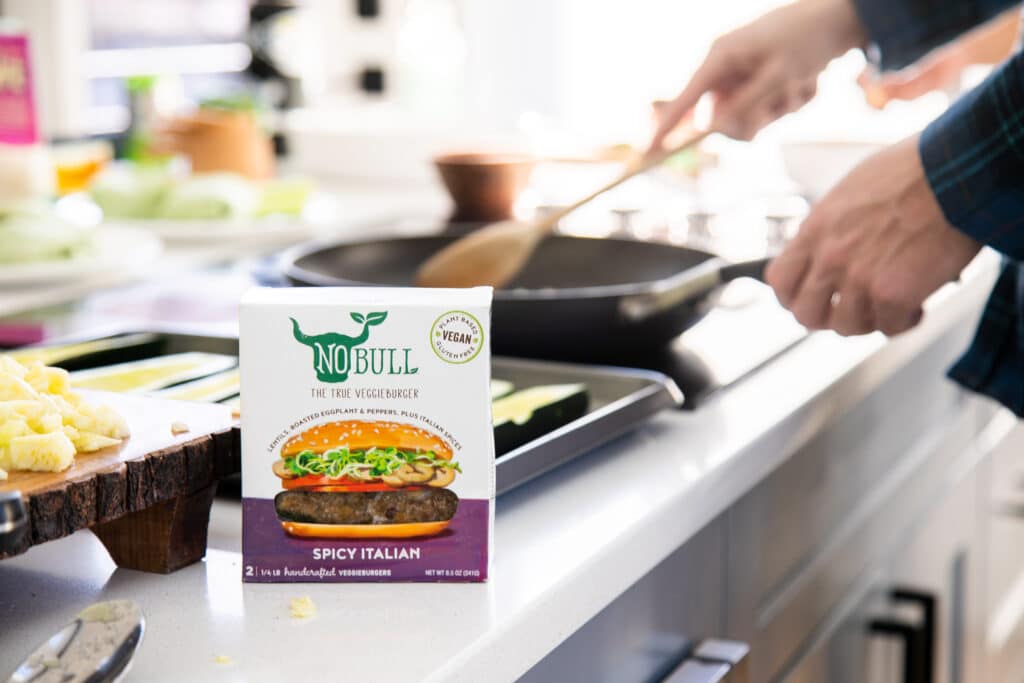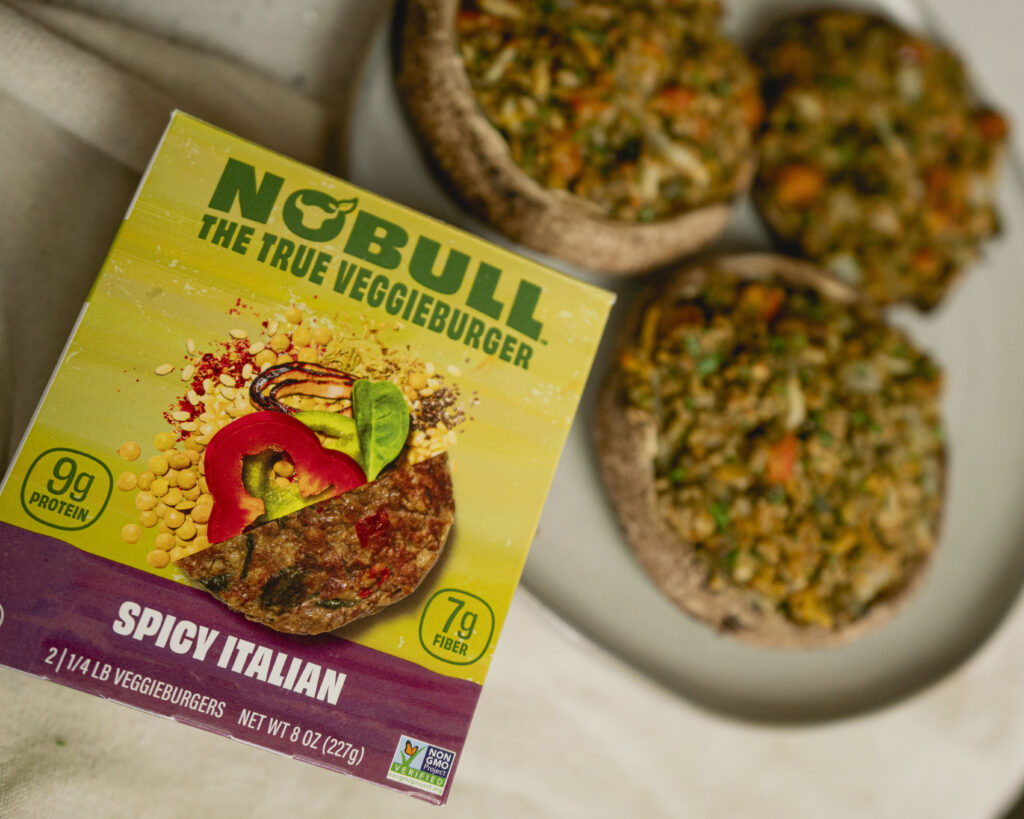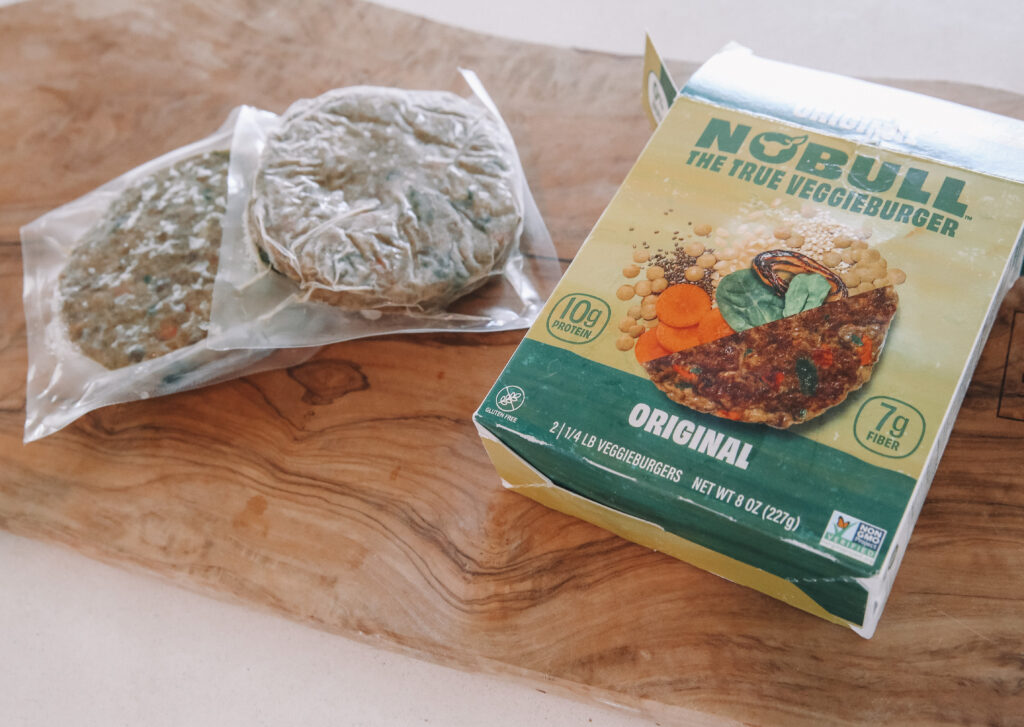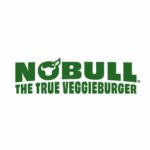What is sustainable eating? It is eating in a way that can be realistically maintained by our planet. Both for now and into the future.
However, we live in a global economy loaded with choices of food and imports from almost every nation. With millions of brands and suppliers competing, it can be hard to know what our best choices are.
Meaning, choices that preserve a healthy environment and ecosystem. Ultimately, that includes choices that care for our planet’s creatures (including us!). These choices need to be attainable for everyone, not just those with wealth.
It can feel like a bit of a minefield, so we’ve broken down a few of the most accessible and achievable ways to eat more sustainably.
Educating Yourself
One of the best ways to navigate this complexity is through self-reflection and raising awareness.
We can start by understanding what went into delivering the food in our kitchens. This is an interconnected web relying on seeds, soil nutrients, sunlight, water, farm labor, manufacturing processes, and transportation miles.
Reduce Food Waste
When we understand more about what went into our food, we are more motivated to avoid needless waste! Minimizing food waste is an excellent step toward sustainable eating.
You can do this by planning your meals. A great tip is to choose recipes each week that have a similar ingredient. This ensures larger items like a cabbage or a bunch of coriander get used up.
You can also store items like carrots and celery in water to preserve their freshness (and prevent shriveling!). Food saver containers can be a great investment too.
We love the time (and money!) saved by taking our leftovers to work for lunch. Freezing items like sauces or excess fruit and veg (like tomatoes or stewed apples) are handy timesavers. Investing in a silicone ice tray is great for freezing portions for stews and smoothies.
Start Composting
Not all food waste can be prevented. However, many people don’t realize what happens when food waste goes into the trash and then to a landfill.
It doesn’t break down and turn back into soil like it would in a natural environment. Encased in concrete, it goes without sunlight and water. Instead, it releases methane gas and liquifies into a toxic sludge known as leachate.
We know, awful—right?
Thankfully, nature created the tried and true system of composting. Nowadays, there are lots of easy, at-home options like bokashi systems and rotating composters. If you live in an apartment, check online for a composting pick-up service in your area.
Increase Your Plant Ingredients
If you want to boost your sustainable eating in one lifestyle shift, focus on adding more whole plant foods into your diet. Then, you can begin phasing previous choices out.
Plants support four key principles of sustainable eating:
- Eat local (farmers’ markets)
- Minimize processing (eat fresh)
- Choose packaging wisely (pack loose items into reusable bags)
- Grow your own (start with herbs and build up from there)
The most practical and long-lasting way to do this is gradually. You can start by including one vegan or vegetarian meal into your meal planning each week. Over time, you will get used to new recipes, ingredients, and techniques. Then, you can start increasing the number of plant-based meals you cook each week.
A great start might be switching your weekly beef burgers for a NoBull veggie burger. Before you know it, you will be eating mostly plant-based foods! It’s a shift that can be simple, fun, and delicious.






